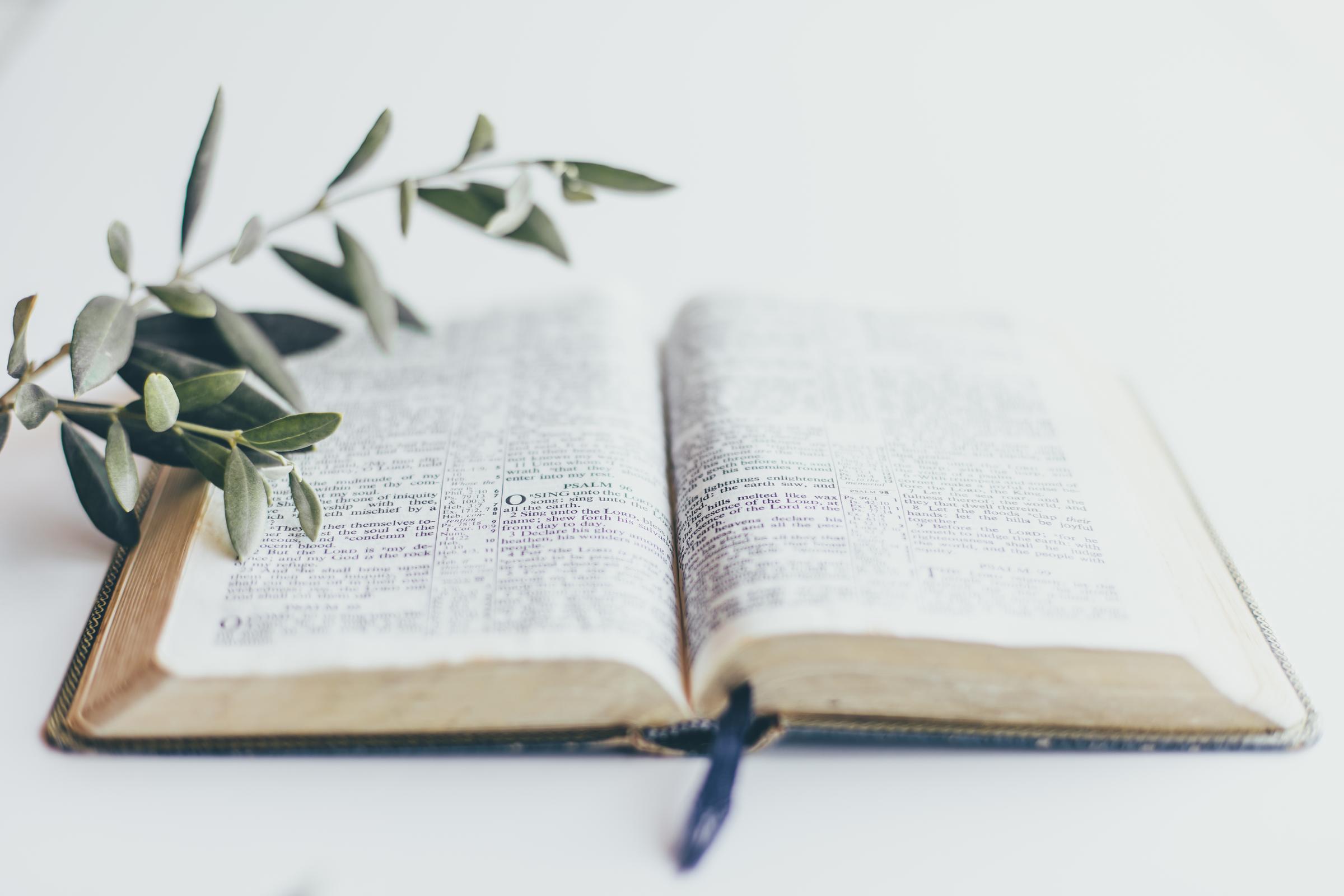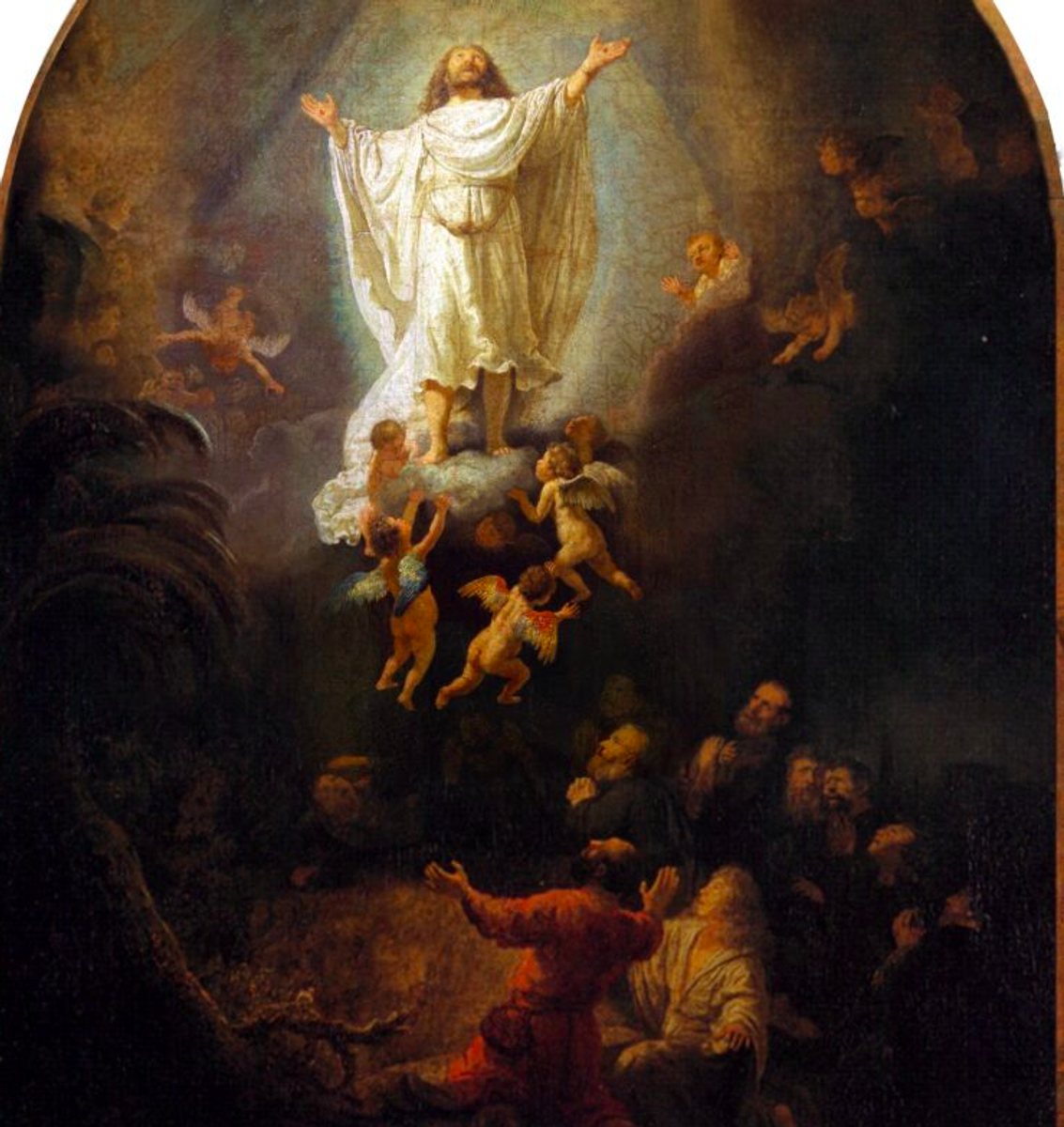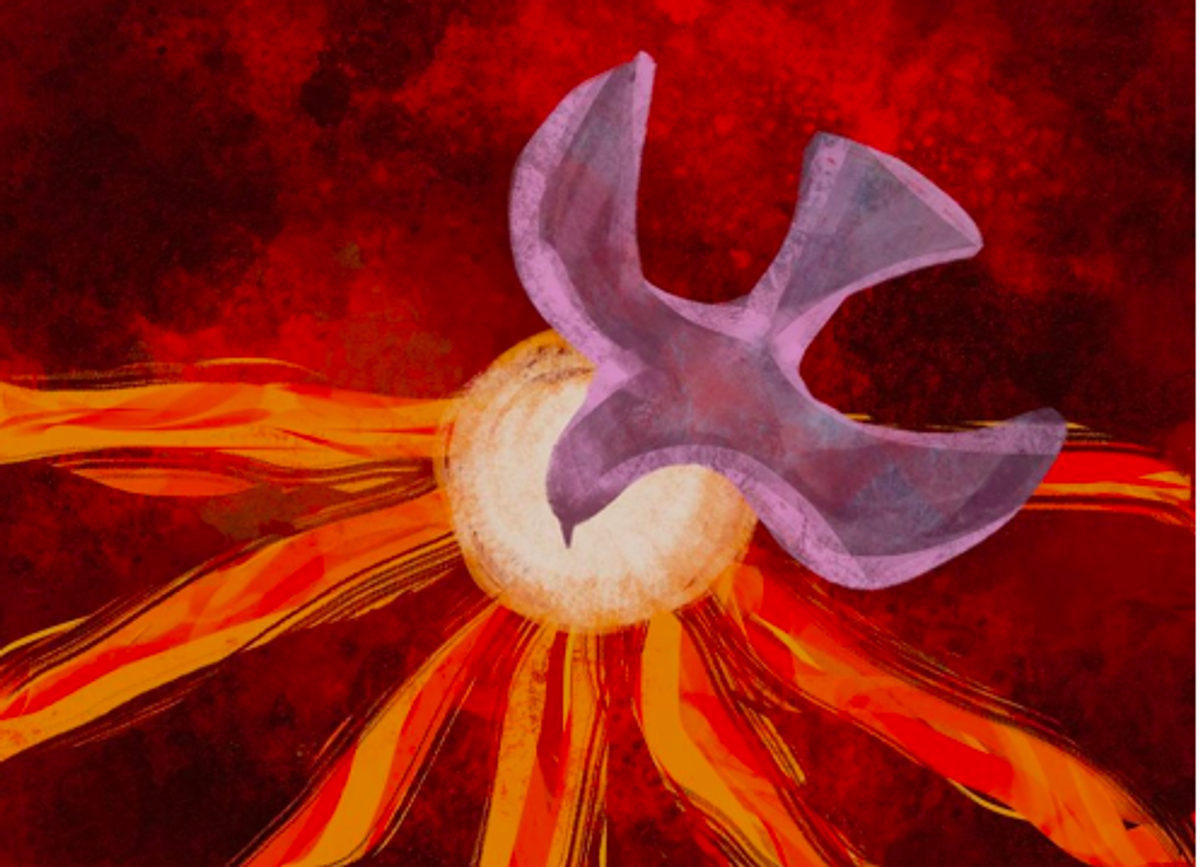Religious Education News
Carmela Vozzo
Religious Education Leader

Religious Education News
Carmela Vozzo
Religious Education Leader
Sunday 29th May The Ascension of the Lord
Ascension of the Lord HOMILY by Richard Leonard SJ
A teacher told me recently that when she asked her grade fours to draw a picture of the Ascension, not unsurprisingly most of them did a fairly conventional portrait of Jesus rising up on a cloud. One of her students, David, who is a particularly gifted artist, had Jesus blasting off into the sky. Down the side of Jesus’ pure white garment was the word NASA and David provided all the sound effects for how he imagined the scene of the first Ascension. He concluded, without a hint of irony, that, ‘the Ascension must have been a real blast!’
None of us can blame David for marrying our modern culture with an ancient story. In fact if some of us are honest, David's ‘space shuttle Jesus’ is not far from what we think as well.
The Ascension stories, however, are not primarily interested in how or when Jesus got back to heaven. John and Paul never mention it at all. Mark and Matthew have it happening on the same day as the Resurrection and Luke has it occurring 40 days after Easter on the same day as Pentecost. The one thing, on which all the New Testament writers agree, is where in heaven Jesus went and where he is presently – at God's right hand.
Even to this day, being on someone's right is a place of honour. In the Old Testament being on the right hand of David, Samuel or Elijah was to be the anointed and favoured one, the true son or daughter. In telling us, then, that Jesus is now at God's right hand, the Gospels use a formal phrase to announce that God affirms everything Jesus said and did on earth and that he is the way for us to follow.
That can be all well and good, but Jesus goes one step further and that's why this feast is so important. Jesus taught us that where he is, so shall we be, that he was going to prepare a place for us and that, in and through him, we will have life and have it to the full.
The feast of the Ascension is the day, each year, where we remember and we celebrate that, just as Jesus was welcomed to God's right hand, so, too, shall we be welcomed to the right hand of Jesus. This is his promise, this is our faith and this is the hope we are called to proclaim to the world. And let's be clear about the invitation.
There is nothing we have ever done, are doing, or will do, that will get our name removed from the invitation list to the feast of Christ's kingdom. The challenge is accepting that we have a standing invitation and living lives worthy of the love that places our name on the list. The feast of the Ascension announces that Jesus will faithfully accompany us no matter how far we lose our way and that by our fidelity to Christ we accept or reject the standing offer.
And because the Ascension is an Easter feast it develops even further that there is nowhere, bar evil, where God does not dwell. Because of the Resurrection and Ascension we can find God everywhere we want to: in our homes, our work, our suffering, our old age, our emotional, sexual or financial turmoil – and even in our death.
Even though the writers of the New Testament are not too clear on the details of how the Ascension happened, what we initially see in this wonderful feast is not what we get. Thanks be to God, it's so much more.
© Richard Leonard SJ
Richard Leonard SJ is the Director of the Australian Catholic Office for Film and Broadcasting, is a member of the Australian Catholic Media Council and a film critic for all the major Australian Catholic newspapers. He completed a PhD in cinema studies at the University of Melbourne. He lectures in cinema and theology at the Jesuit College of Spirituality and has been a visiting lecturer in Australian cinema at the University of Melbourne, a visiting scholar within the School of Theatre, Film and Television at UCLA and is visiting professor at the Pontifical Gregorian University in Rome. He is an Honorary Fellow of the Australian Catholic University, has lectured widely and is the author of numerous books.


“The Ascension”, Rembrandt, c.1636, Alte Pinakothek, Munich.
Sunday 5th June - Pentecost Sunday
REFLECTION FOR YOUNG PEOPLE – by Lisa-Marie Calderone-Stewart
Pentecost is called the birthday of the church because before Pentecost, there really was no church. Jesus had ascended back into the heavens, the Apostles were hanging around, scared and confused, and nobody knew what to do. Going out to baptise people and preach about Jesus was the last thing they had in mind because their lives would be in danger.
But Pentecost celebrates the coming of the Holy Spirit – the force that turned a bunch of frightened, mixed-up folks into church. There was a rush of wind, tongues of fire, and then suddenly there was courage, knowledge, direction and commitment! Everyone started speaking and was understood, no matter what the language of the listener was! These were saints suddenly on fire with the Holy Spirit. And it all began with the wind and fire of the Spirit.
What changes in you do you wish the Spirit could blow your way?
How can you cooperate with the Spirit?
In what ways do you need more courage, knowledge, direction or commitment?
What else might you need?
In what ways are you and your parish like the disciples before Pentecost?
In what ways are you and your parish like the disciples after Pentecost?
When people speak about your school, would they say that it has school spirit?
What do they mean by that?
How is school spirit like the Holy Spirit?
© St Mary's Press
Lisa-Marie Calderone-Stewart (1958-2011) gained her doctorate in education from Cardinal Stritch University and was associate director of early adolescent ministry in the Archdiocese of Milwaukee. Previously she served for six years as the director of youth ministry for the Diocese of Grand Island, Nebraska. She also established “Tomorrow’s Present”, a youth leadership ministry. She was a highly regarded speak and wrote many books on spirituality and youth ministry.

